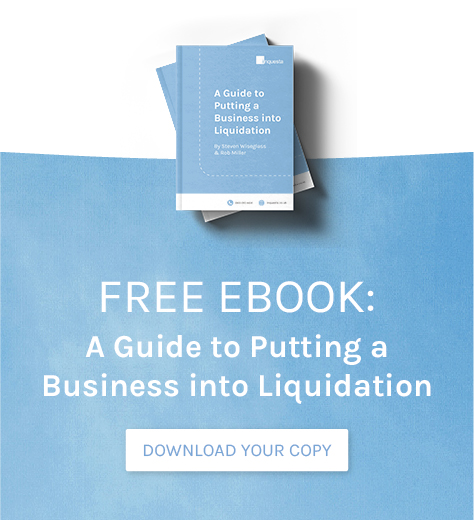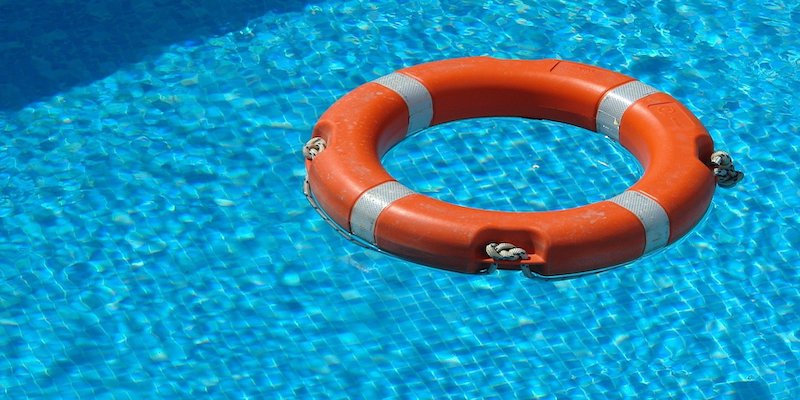Business Continuity Plan and Disaster Recovery Plan Difference
Anything can happen in the world of business, which is why companies have to plan out measured steps to prepare for as many eventualities as possible.
Taking the most recent global events into consideration, many companies have found themselves struggling with supply chains and staffing issues as part of the Covid-19 fallout. This has cost the UK alone more than £250 billion through:
- Loss of business
- Disposing of perishable goods
- And online fraud amongst other factors
Pandemics, cyber attacks, acts of terrorism and even internal failures; while they are all rare, the threat these events impose on a business can be catastrophic. This is why many top companies have plans in place to ensure operations can continue while system repairs are ongoing.
Two of the best measures your business can follow are Business Continuity Plans (BCP) and Disaster Recovery Plans (DRP). While the two are closely linked, they are completely different procedures.
In this article, we will discuss what they both are, what is the difference between business continuity and disaster recovery, and what are the similarities.
What is Disaster Recovery and Business Continuity Planning?
Before we discuss the similarities and differences, we must first answer the key question; 'what is disaster recovery and business continuity planning?'


Disaster recovery is the procedure that manages how a business recovers from a disaster. It's how a company's vital support systems are restored to bring operations back to normal as soon as possible. In many cases, disaster recovery involves reinstating:
- Communications
- IT software
- Computer hardware
- And setting up a secondary business location for critical operations
Business continuity planning is the protocol used to ensure companies maintain an acceptable level of service in the event of a disaster. Key factors that fall under business continuity planning include:
- Staffing
- Logistics
- Supplies
- Costs
In their simplest terms, disaster recovery plans manage what needs to be done to restore operations to full working order, while business continuity plans are how a company continues to provide a service in the aftermath of an event.
Business Continuity vs Disaster Recovery: The Similarities
The main reason why companies may think only one plan is needed is because they are fairly similar. But it should never be a case of business continuity vs disaster recovery. Both work hand in hand, and are instrumental for the continued success of your business in the event of a disaster.

Similarities between business continuity and disaster recovery include the following:
- They are proactive strategies used to help prepare companies for seismic events. Both are planned well in advance of an event taking place, so everyone in the organisation can act as quickly as possible to mitigate losses
- Staff members who work on one set of plans will often work on the other set as well. This is to ensure continuity and improve communication while systems are being repaired
- Both plans are carried out during any type of event from a major internal tech failure to an external cyber attack
- In order to prepare for an ever-changing world, both business continuity plans and disaster recovery measures have to be regularly tested, reviewed and updated
The Difference Between Business Continuity and Disaster Recovery
While the similarities are there, it's important to know there is a clear difference between business continuity and disaster recovery, as they focus on alternate parts of the organisation.
Key differences include:
Priorities
Business continuity keeps a company operational during and immediately after a major event has taken place. Some examples of how this is done include:
- Finding a new supply route
- Opening a shop with limited power
- Sourcing available staff members
- Changing tactics (ie. delivery over in-person pick-ups)
Disaster recovery focuses on restoring a company back to full strength. Major tasks for a DR team include:
- Recovering lost or stolen data
- Repairing damaged equipment
- Restoring software to its full running capabilities
Safety Measures
Both business continuity and disaster recovery plans have an impact on safety, but in very different ways. To ensure a business can continue operating after a major event, employee safety has to be a key priority.

For example, if a shop needed to open after a disaster, would staff be able to easily locate and access emergency exits in case of a second related event? Following Covid-19, safety measures for businesses included:
- Protective screens for check-out operators
- Working from home where possible for office staff
- Frequent workspace sanitisation
Disaster recovery plans edge more towards cyber safety over physical safety. As an example, a company that has suffered from an internal tech issue is more susceptible to hacking. The team's priority there would be to restore the server's anti-hacking measures to prevent further harm to the company and to its customers and clients.
Who Should Handle a Crisis?
The ability to act fast and to not be put off by potential difficulties is key, so the people in charge of your business continuity plans and your disaster recovery steps need to have proven leadership qualities.
Individuals in charge of your plans should be excellent communicators with analytical minds. As mentioned, these events are very rare, but the effect they have is catastrophic. This is why many companies hire specifically to fill roles such as:
- Emergency Management Directors
- Disaster Programme Managers
- Systems Coordinators
It's their job to not just keep the company running, but to ensure staff, clients and customers are safe and that each team has what they need to get systems up and running again as soon as possible.
How Inquesta Will Help With Your Business Continuity & Disaster Recovery Efforts
Business continuity ensures your company can provide some degree of service while disaster recovery concentrates on building your company back to full working order.
While they are two different approaches to proactive business planning, they work in tandem to prevent a major event from spelling the end of your company.
At Inquesta, we have the means to ensure your plans are air-tight, and they work for your organisation and your team.
For further support with your business continuity and disaster recovery plans, make sure to contact a member of our team and request a free consultation .
ortizsobjecold1950.blogspot.com
Source: https://inquesta.co.uk/blog/what-is-the-difference-between-business-continuity-and-disaster-recovery/

0 Response to "Business Continuity Plan and Disaster Recovery Plan Difference"
Post a Comment